Which is the best sport in the world right now and why is it the best ?
Other Sports
Figure skating is undoubtedly one of the most popular sports, with millions of fans worldwide. This article will dive deep into figure skating history, revealing details about the sport's growth over the years. Dig in and discover more about the history of figure skating.
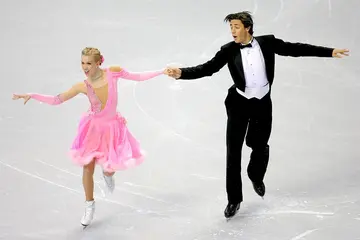
When and where did figure skating start? Historians believe that winter sport favourite began in Scandinavia and can be dated back to 4000 BC ago. Here is the origin story of the sport that has grown to all corners of the world.
Before the start of modern figure skating, ancient Vikings took part in ice skating as a leisure activity. Although the Vikings popularized the activity, the earliest ice skaters originated from central Asia in the Stone age and later the Scandinavian Sámi people.
The Vikings' ice skates were fashioned out of oxen and deer bones. Reports suggest that the Vikings would trim the animal bones, piercing holes on each end through which they inserted leather straps. For lubrication, skaters would apply animal fat to the bones and use wooden poles to propel themselves forward.
Which is the best sport in the world right now and why is it the best ?
Other Sports
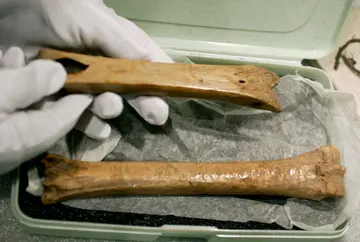
Historian Olaus Magnus' Carta Marina recorded detailed accounts of medieval skating competitions. According to the historian, prolific competitors preferred using iron over bone skates. Winners were awarded silver spoons, copper pots, swords, or young horses.
As a means of communication between villages, the Dutch skated through frozen canals in the thirteenth century. Additionally, they used the Elfstedentocht, 'the eleven cities tour' for recreational purposes.
Originally, competitive figure skating rules required athletes to carve patterns or figures derived from the number eight onto the ice while skating. Although the requirement is no longer used in competitive events, it helped coin the name of the sport.
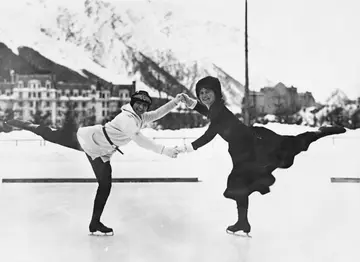
Famous pioneer figure skaters Edward Bushnell and Jackson Haines are credited with the development of modern figure skating. Haines, a ballet dancer, is also regarded as the first ice skater in modern times.
Strangest sports: Top 10 weirdest sports in the world currently
Other Sports
The Dutch began replacing animal bone skates with steel in the fourteenth century. Pioneer American businessman Edward Bushnell revolutionized the sport by fitting a steel blade on a boot allowing skaters to perform spins on the ice.
In addition to developing the sport through the introduction of music and entertainment, Jackson Haines developed the first toe pick and a two-plate metal blade. Other early inventors, such as John Strauss, fashioned lighter and stronger metal blades and closed-toe blades.
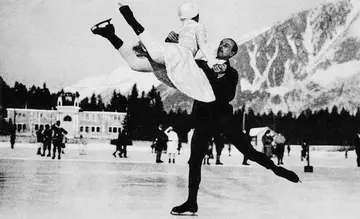
In 1882, the first international competitions were held in Austria. The first world figure skating competitions were held in 1896 in St Petersburg. However, women were not allowed to take part in any competitive events.
Throughout the history of the sport, women participated in various events. However, at the start of formal competition in the 19th century, skating associations did not allow women skaters.
Ranking the 20 best ice skaters of all time: Figure skating at its best
Other Sports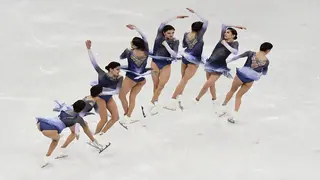
Thanks to a loophole in the sport's rules, Madge Syers entered the 1902 World Championships, finishing second after Ulrich Salchow. Salchow later handed Syers his gold medal because he believed she should have won. Unfortunately, the International Skating Union modified the rules to close the loophole barring women from entering the World Championships.
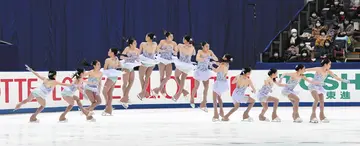
Syers advocated for women's participation, arguing that the sport drew from feminine qualities. In her book, The Book of Winter Sports, she said,
“Skating is an exercise particularly appropriate for women... It requires not so much strength as it does grace, fine balance, and the ability to move feet rapidly.”
A recent survey by Statista revealed that figure skating was the most popular Winter Olympic sport in the United States. In addition, the sport's global popularity has grown to exceptional levels, with an average viewership of over 300 million fans.
The top 15 best boxing anime and manga to watch right now
Boxing
The development of figure skating has come a long way to become the most viewed Winter Olympic sport. Please scroll down and discover more about when and where the sport made its Olympic debut.
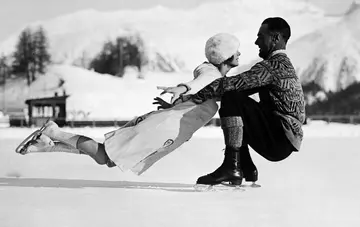
During the London Olympic Summer Games, the sport debuted on the Olympic stage in 1908. During the event, Madge Syers and Ulrich Salchow won the women's and men's gold medals, respectively.
When did women's figure skating start in the Olympics? At the 1908 London Summer Games, Madge Syers made an inaugural performance that earned her two medals, a gold in the women's single and a bronze in the mixed pairs category.
In 1920, Theresa Weld participated in the Olympic Games, where she performed the Salchow jump. Weld and Syers played a vital role in developing shorter and more creative costumes. Here is a list of the most legendary athletes who inspired change in the sport and some of their achievements.
Ranking the 15 best skateboarders in the world right now
NBA

Athlete | Achievement | |
10. | Tenley Albright | 1952, 1954 World Figure Skating Championships title |
9. | Peggy Fleming | 1968 Grenoble Olympic Winter Games gold meda |
8. | Richard Button | 1948 St. Moritz Winter Olympics gold medal |
7. | Gillis Grafström | 1922 - 1928 Olympic gold medalist |
6. | Kristi Yamaguchi | 1992 Albertville Olympic gold |
5. | Brian Boitano | 1988 Calgary Olympic gold medal |
4. | Yuna Kim | 2010 Vancouver Olympics gold medal |
3. | Carol Heiss | 1960 Squaw Valley Olympics gold medal |
2. | Michelle Kwan | 1996 - 2003 Trophee Lalique winner |
1. | Sonja Henie | 1928, 1932, and 1936 Olympics gold medals |
One of the most long-running figure skating controversies at the Olympics involves the diversity in the sport. Throughout its history, minority representation in the sport has been far and in between. Here is a summary of several well-known minority figure skaters who have paved the way for upcoming generations.
Top 10 best soccer jerseys of all time ranked: Find out which is the best looking jersey ever
Football
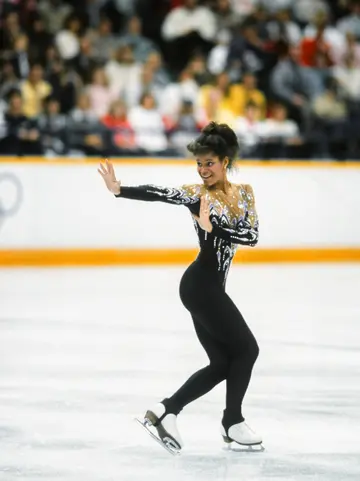
Athlete | Achievement |
Mabel Fairbanks | She was the first Native African-American ice skater. |
Kristi Yamaguchi | She was the first Japanese-American Olympic gold medalist. |
John Curry | He was the first openly gay British figure skater. |
Debi Thomas | She was the first and only African-American to win an Olympic medal. |
Madge Syers | She was the first woman to ice skate competitively. |
Over time, the sport has evolved to meet and challenge athletes' needs. In addition, Olympic figure skating has changed over time to include fairer judging systems, complex jumps, creativity, and athleticism.
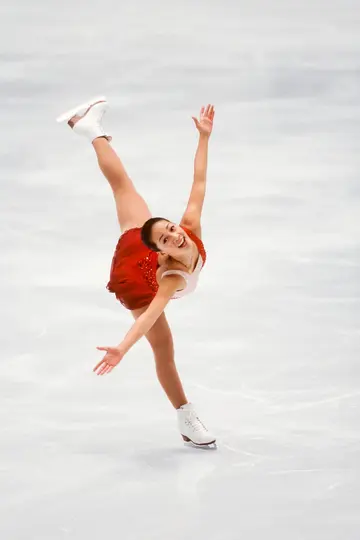
How has figure skating changed over the years? Here is a summary of the timeline of major changes in figure skating.
1882 | The first international competition for the sport was held in Austria. |
1892 | The sport's governing body, the International Skating Union, was formed. |
1892 | The first World Championships for men only were held in Russia. |
1906 | The first ISU competition for ladies was held in Davos. |
1908 | The sport made its debut at the 1908 London Summer Olympics. |
1924 | The sport was shifted to the winter Olympics. |
1924 | The 1924 Winter Olympics held the only sporting event with a women’s category. |
1976 | Ice dancing was added as a separate Olympic sport. |
1990 | The elimination of compulsory figures |
What is softball? Rules, history, and facts of the sport
Other Sports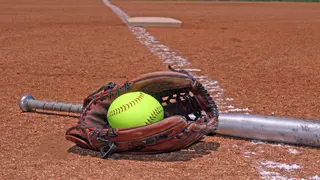
Like all other sports, the history of figure skating shows growth and development through the various changes made. However, the sport still faces several issues, such as doping, lack of diversity, judging scandals, body image challenges, and physical and mental problems among its athletes.
READ ALSO: Famous ice dancing couples: A list of famous ice dancing pairs who are actually couples
Sportsbrief recently published an article bringing to light the world's most famous ice-dancing pairs who are real-life couples. Throughout history, ice-dancing pairs tend to fall in love, adding to the delicate magic and romance of the sport.
Click on the link above to discover more about some of the most iconic ice dancing couples.